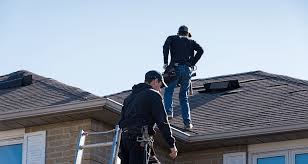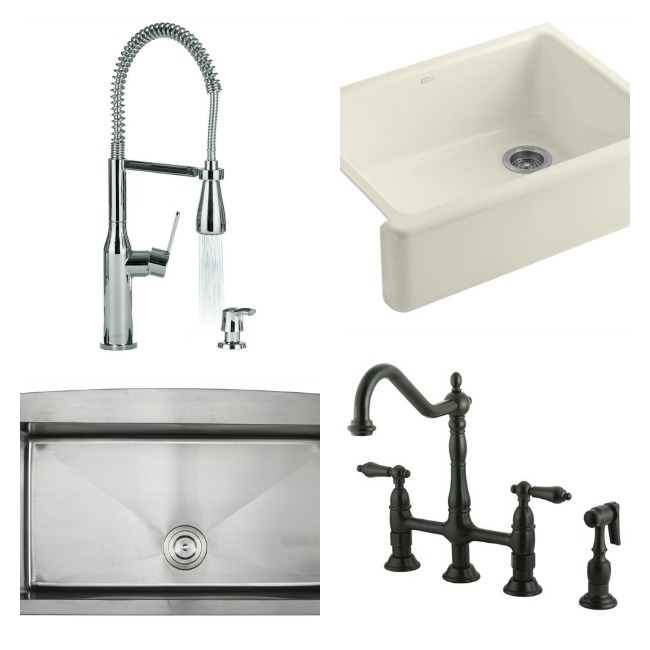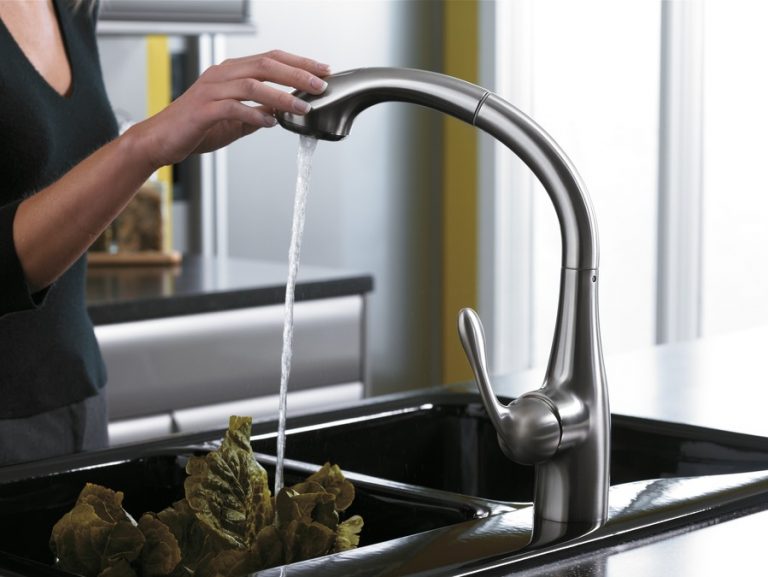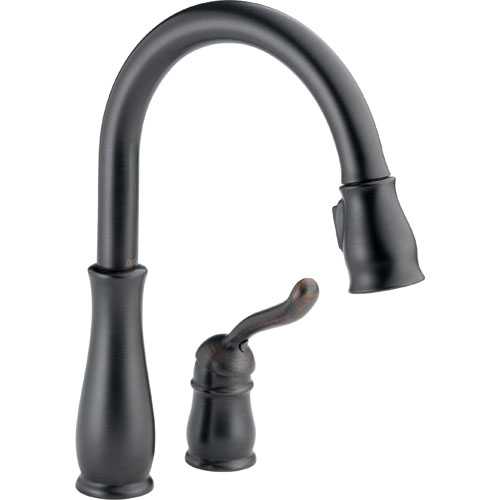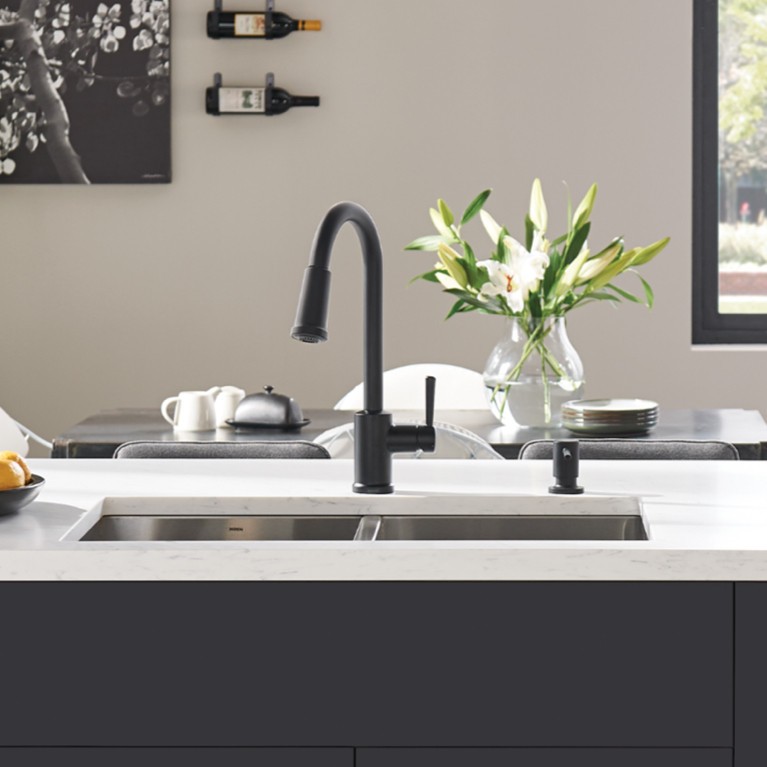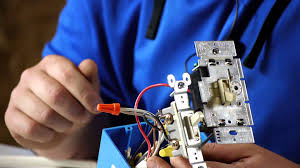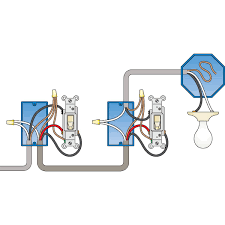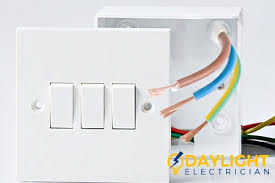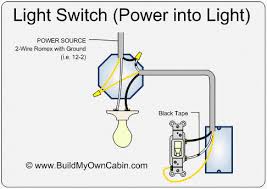Tips on Choosing the Right Color for Your Metal Roof
Consider Energy Efficiency
While it’s not the first thing that comes to mind, the color of your roof actually has an effect on your home’s overall energy efficiency. Lighter colored roofs have better reflective properties than darker ones. A white metal roof is rated by ENERGY STAR® as a cool roof, meaning it can be up to 50 degrees cooler than a dark colored roof.
Base on the Style of Your Home
Metal roofs come in a range of colors and shades to match your home. The color you choose needs to match your home’s overall style. Base your color choices on the elements of your home’s exterior, such as the siding, windows, and landscape. A metal roof can maintain its original color for years, so be sure to choose a color that you will be pleased with for years. Before deciding on a color, look at your color samples during different times of the day to see how they would look on your home.

TIPS FOR CHOOSING A GOOD QUALITY, WELL PRICED METAL ROOF
We receive a consistent number of questions that are some variation of, “How do I choose a metal roof,” or, “How do I know what to pay for a metal roof,” or, “Prices for metal roofs are all over the place. How do I decide which one to buy?” Because this kind of question comes up so often, we already have multiple blogs on these topics, including Choosing a Metal Roof: Five Mistakes You MUST Avoid.
What I’d like to add today in response to the most recent question is about metal gauges. Depending on what part of the world your job is located, you’ll find that the local suppliers and contractors tend to what they can obtain easily. This means that terms like “lightweight,” or “heavyweight” tend to mean different things in different areas.
For example, you’ll rarely see 29 gauge steel sold in the Northeast or Western United States, but it’s not at all uncommon in the Southeast. For locations in which snow or high winds are expected, it’s just not a choice that an experienced roofer is likely to make. Roofers who specialize in metal in these regions usually use 24 gauge (about 50% more metal than 29 gauge) or maybe 26 gauge if they’re working on a lower-end residential project.
Choosing the Best Metal Roofing Manufacturer
Fashionable Metal
Metal roofing is also available in individual and panel designs. Both of these can have the look of standard roofs. Your metal roof can look like asphalt, clay tile, stone, slate, and even wood. They press the full sheets into a mold or cut sections and mold. The full panels are preferred over shingles due to the ease in installation. If you would like something of this nature, inquire with the manufacturers you are talking to.
One Sheet or Sections
When choosing your metal roofing manufacturer, take their inventory and availability into consideration. The type of roof that you currently have will effect the kind of metal roof you may want. A metal roof can come in large sheets that can be cut and sized to your needs (though many are standard sizes to make life simple for contractors and builders). Another option is buying metal roofing in sections of panels. You have to size, fit, and cut to your specific needs. The manufacturer can often do this for you for a fee.
Standing Seam Metal Roof Option
Depending on your needs, you may want a metal roofing manufacturer that can give you the standing seam metal roof option. A standing seam, also known as a dutch seam, has a seam at one end and a lock on the other. This type of roof is typically installed on houses that have a steeper slope to the roof. This is important if you live in an area with a lot of rain or snow. Neither will stay on your roof very long.
Curb Appeal Options
With the unstable housing market, having a home with curb appeal is important. If you need to sell your home, you want to be able to do it quickly. For this reason you need to look at the inventory of metal roofing materials the manufacturer has to see if they have a style you like. There are options such as ridge depth, angled sections, and color that can all be a factor in your choice of a metal roof.
Metal Roofing – Ultimate Buying Guide
Metal Roof Panels at Lowe’s and Home Depot
Both Lowe’s and Home Depot sell steel roof panels in a couple of types: corrugated and classic rib standing seam roofing. In many cases, they can also set you up with an installer.
Both companies sell two types of panels: corrugated and classic rib standing-seam roofing.
Metal Roofing Contractors Near Me
The best way to find a good metal roofing contractor is through friends and neighbors who have had similar work done. Unfortunately, because metal roofs are uncommon, you may not know anyone who has had one installed. In this case, your best bet is to use one of the Web’s contractor-finding sites such as HomeAdvisor or Networx. The benefit of these services is that they help you find local metal roofing contractors who have gone through a pre-screening process.
Another route for finding metal roofing specialists is to call architects or builders who have designed or built homes utilizing metal roofs and ask them for their suggestions.
Who Installs a Metal Roof?
Residential roofing contractors are the tradespeople who install metal shingle systems, though many who install wood, tile, asphalt, and other more conventional products don’t install metal. Because metal roofing requires slightly different techniques, some manufacturers or distributors require that installers of their products be accredited by taking a few factory-taught classes before they can install their products.
How Much Does Metal Roofing Cost?
Metal roof installation generally costs more than conventional roof installation of asphalt shingles and similar materials. The complexity of the roof makes a difference, too. Some types of metal roofing require somewhat difficult techniques to fit irregular conditions.
Metal Roof Shingles and Tiles
Metal shingle- or tile roofing looks quite different than sheet roofing. With these, metal is formed into shapes that imitate Spanish and mission tile, wood shakes, slate, and Victorian metal tiles. Most are made from painted or coated steel or aluminum that has been pressed or formed into realistic shapes.
In addition, metal shingles are typically given multiple-layer factory finishes that complete the realistic effect of mimicking other materials.

Tips On Choosing The Right Color For Your Metal Roof
Decide What Visual Effect You Want to Achieve
Thanks to metal roofing’s wide color selection, you can easily achieve your desired look and feel for your home. If you want to command attention, for instance, you may opt for a hue that contrasts with your home’s siding. Meanwhile, if you want to convey a timeless appeal, you may pick hues that create a monochromatic scheme.
Dark and light colors can also impact your home’s overall appearance. A darker shade will make a tall roof appear smaller, while a lighter shade can make a low roof look bigger.
Consider the Style of Your Home
Keep in mind that your roof will keep its original color for years, so weigh your choices carefully. Your color should match your home’s design elements, including your siding, windows, and landscaping, to create a cohesive and balanced look. A safe and effective approach is to pick a complementary color.
Check the Trends in Your Neighborhood
While you want your home’s appearance to reflect your personal style, it’s important to note the roof trends in your area first. Select a color that catches your eye, then decide which shade fits your exterior best. This way, you can make it stand out without creating a jarring effect.


